We live in a world where it is more than expected to own more than one animal in a single household. Many pet owners believe their family dog could use an additional canine companion so the family grows. Having multiple dogs can have fantastic benefits – full house, whole heart, right? This is the hope!
However, like humans, sometimes dogs have to figure out how to get along in an environment together, and particularly like siblings, sometimes it can be expected for your dogs to fight. Without words, dogs only have a couple of options to communicate to their housemate that they need space; this can result in displaying negative body language, aggressive behavior, or engaging in a full-on attack.
- Interdog aggression can stem from dominance, fear, or resource guarding.
- Physical punishment can exacerbate dogs' aggression and should be avoided.
- Identifying triggers like food or toys can help prevent dog fights.
- Never physically intervene in dog fights to avoid accidental bites.
- Consistency in attention and resources can establish a household hierarchy.
As an animal owner, you have the power to help prevent this occurrence to the best of your ability by understanding the art of balancing a home with multiple pets so everyone can live happily and safely.
The information provided herein is for informational purposes only. Please refer to our disclaimer for more details..
Understanding Interdog Aggression
Dog attacks can be terrifying, especially when they come out of the blue. Nothing is more alarming than when your two dogs, who are usually best friends, decide to take their frustrations out on each other. Understanding inter-dog aggression will allow you to get a step ahead of a potential problem before it actually comes to the surface.
Sometimes, aggressive behavior can fly under the radar to the human eye. Some signs to look out for can be: staring, vocalization, mounting, blocking, or standing over the other dog. Dogs can even try to assert their dominance by shoving their muzzle into the other dog’s face as if to say, “I’m the boss.” Aggression can be triggered by fear, dominance, resource guarding, or anxiety.
At times, dogs may even only act aggressively in front of an owner but be fine when alone due to fighting to be in that number one spot for attention. This issue typically occurs during a greeting or meal time, where their goal is to be first in line.
Changes, small or significant, in the household can also induce aggression. The loss of an owner or another pet, health issues, significant age gaps between dogs, or adding another animal may seem small to a human but are a significant adjustment for the dogs.
Changing the social structure or hierarchy inside a home can be detrimental to how dogs interact as they fight for that top spot on the chain. The hierarchy between dogs in the same household can indicate who gets to eat first and who claims toys as their own.
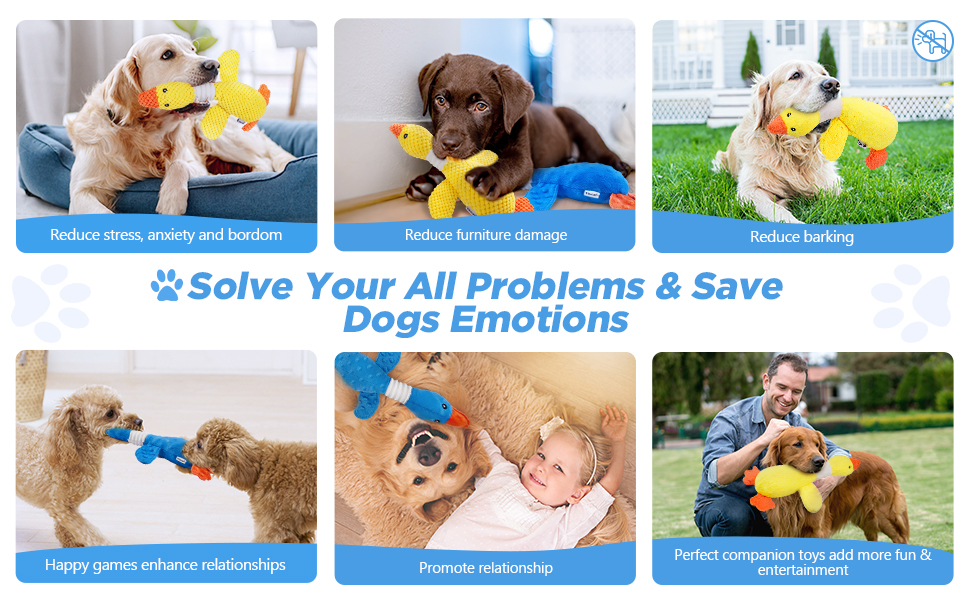
Knowing our domestic canines have evolved from wolves, it’s in their genetic makeup to establish their pack, which the alpha dog typically leads. Once established, the rest of the pack will rank behind the crowned alpha. However, as listed above, some elements can disrupt the pack’s social order, whether it’s two dogs or five. Dogs have the ability to control a situation by using aggression, which can turn a sibling rivalry into an all-out brawl.
Many owners are shocked to know that their own behavior can have a colossal impact on how their dogs show aggression toward each other. Changes in daily routine, inconsistent training and treatment, lack of attention, and reinforcing aggressive tendencies in your dog can result in them responding inappropriately.
Physical punishment should be avoided 100% of the time and never allow anyone in your household to raise their voice when reprimanding negative behavior from the dogs; this could have an opposite effect and reinforce the aggressive behavior as a whole.
Identifying Aggression Triggers
When you know better, you can do better. Eliminating the situational triggers before one of your dogs can become aggressive is the primary way to get ahead of the game. Some usual triggers that result in a sudden fight or unwanted outbursts are usually related to some type of resource, whether food, treats, or a prized toy.
In these situations, separation is key to avoid a snarl that could turn into an attack right at their feeding station or over their favorite bed to nap on. When it comes to toys, having multiple options to select from can help, but if one or both dogs are only focused on stealing the other’s, this will cause issues. As sad as it is, toys should be withheld if this is the case.
Other triggers that are often seen are when one or both dogs are overstimulated, and the aggressive behavior gets redirected toward the opposite party. This can happen during playtime, when a different human comes into the house, during walks, barking at something outside the house, or even during car rides. Again, separation may be the most helpful tactic, or an intervention is needed before the situation has the opportunity to escalate.
Redirected aggression is the most common problem dog owners tend to see, which gives all the more reason to avoid triggers. Dogs can even become aggressive toward each other for owner’s attention, causing the decision to be made to deny both dogs any type of interaction. Reward or positive attention should never be given to over-excited or overstimulated dogs. Instead, resort to thorough behavioral training that heavily involves counterconditioning and desensitization to triggering situations.
Staying Safe with Your Family Dogs
The most crucial piece of information you should know as a dog owner is to never, ever get between your dogs if they are fighting. This can cause accidental bites to you or a loved one. Many other options should be prioritized after you understand that stepping in during a fight is a bad idea.
After applying your diligence towards avoiding your dogs’ triggers at home, trying behavior modification, and eliminating resources, sometimes all that’s left to try is adding in physical restraints. The safety of the family residing within the home is the first priority when it comes to dogs who show aggression toward each other. Introducing your dogs to a basket muzzle could be very beneficial to ensure no harm is inflicted on anyone if an outburst occurs. Dogs who wear basket muzzles can fully pant, drink, and eat, so the mechanism would not hinder those important areas.
Utilizing a training leash attached to a head halter or a Gentle Leader can also be successful if your dogs have earned enough trust from you to be around each other without basket muzzles. If fighting occurs, you have easy access to the leash to correct the behavior without causing additional harm.
Other methods, such as having citronella spray on hand, can be useful in quickly separating dogs once the fighting begins. Dogs hate the smell of anything potent with citrus and typically run in the opposite direction. Having spray bottles filled with the scent in common areas of your home can give you easy access to diffusing a brewing fight.
Your veterinarian may opt to medicate your dogs to relax them around each other simply. Fluoxetine is a popular choice due to its ability to help reduce or eliminate aggression or anxiety.
Finding the Balance Between Two Dogs
Start with the basics immediately if you notice even the smallest amount of aggression from one of your dogs. Never hesitate to see a veterinarian, trainer, or behaviorist to make an educated decision on what needs to take place for behavior modification. They can evaluate your dogs’ tendencies, habits, body language, and history to develop a successful plan moving forward.
Experts state that another successful approach to dogs who fight over their owner’s immediate attention is consistently showing a preference to shut down the behavior and establish a hierarchy yourself. No, this doesn’t mean you love one dog more than the other, it just forms a consistent, positive habit. The same dog should always be granted access to food, toys, bedding, treats, and even attention first. Initially, this will probably be a routine that is harder for you, as an owner, to abide by than your dogs.
Continue to stay consistent with the same routine with the order; if this fails after a couple months’ time, try switching to the other dog as your first priority with resources. Hormones can also be a large factor in canine behavior so spaying and neutering them will be a helpful start to get them on the right path to a life full of positive behavior.
Understanding each dog’s unique needs will be a vital step in rehabilitation if they consistently show aggression toward each other. Dogs can recover from fighting with one another, or it might progress into future fights, depending on how the unwanted behavior is corrected. Ensure that their experience with each other is always positive so that they can associate each other with nothing but experiences where they are both happy.
The taboo subject of rehoming a dog for any reason is far misunderstood. If you have tried bringing in a behaviorist, keeping the dogs in separate areas, taking medication, understanding their triggers, or everything else that we have covered so far, sometimes thinking about rehoming one of the dogs is an appropriate action. Just as it is stressful for you to ensure dog fights inside of your home, it’s also very detrimental to the dog’s well-being.
If dogs are having reoccurring physical confrontations, a deeper ailment is at the root of it all. In some cases, some dogs are destined to thrive in a single home, and it’s imperative to know that nothing is wrong with that. If rehoming one of the dogs in your household reduces stress and anxiety for all parties involved, then it is a decision that needs to be heavily considered, especially if you have tirelessly tried to improve the situation at home when your dogs are around one another.
Taking on the responsibility of owning multiple animals can come with its own adversities, but it can also be an incredible experience. Never hesitate to consult with a professional on how to move forward in the most beneficial manner to ensure your human and dog families can reside in the same household while feeling happy, safe, and at ease.
262views
Share on Facebook
 Dark Mode
Dark Mode 

 No fees, cancel anytime
No fees, cancel anytime 






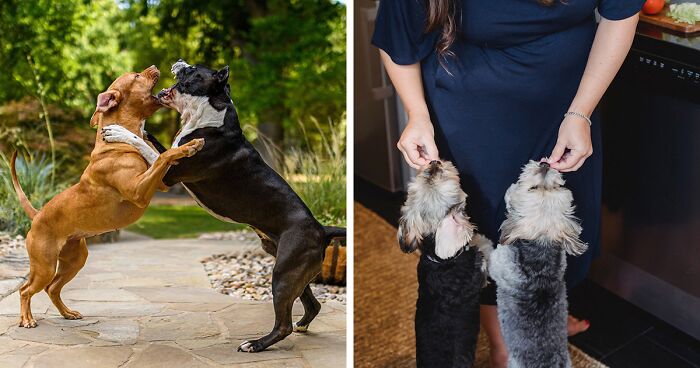
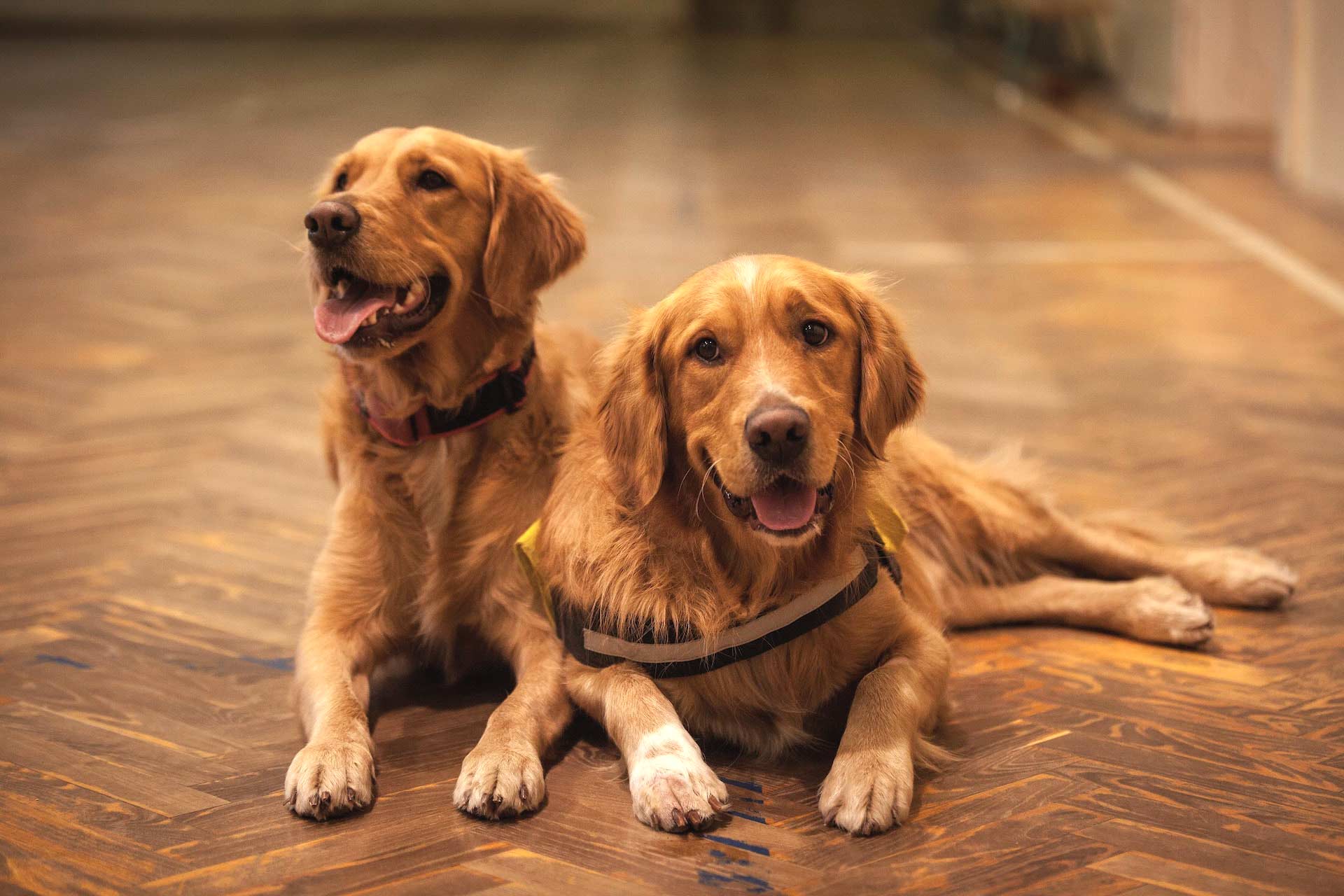 Image credits:
Image credits: 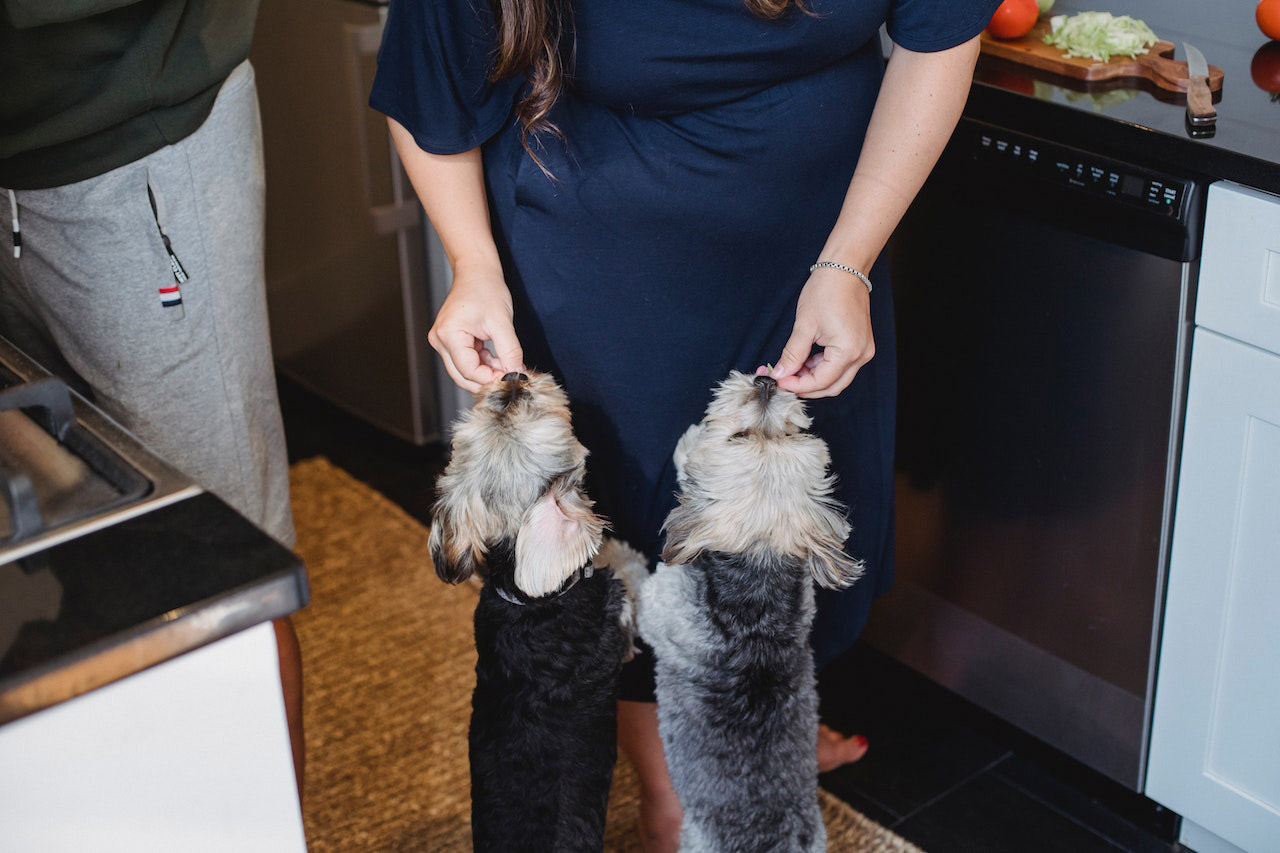 Image credits:
Image credits: 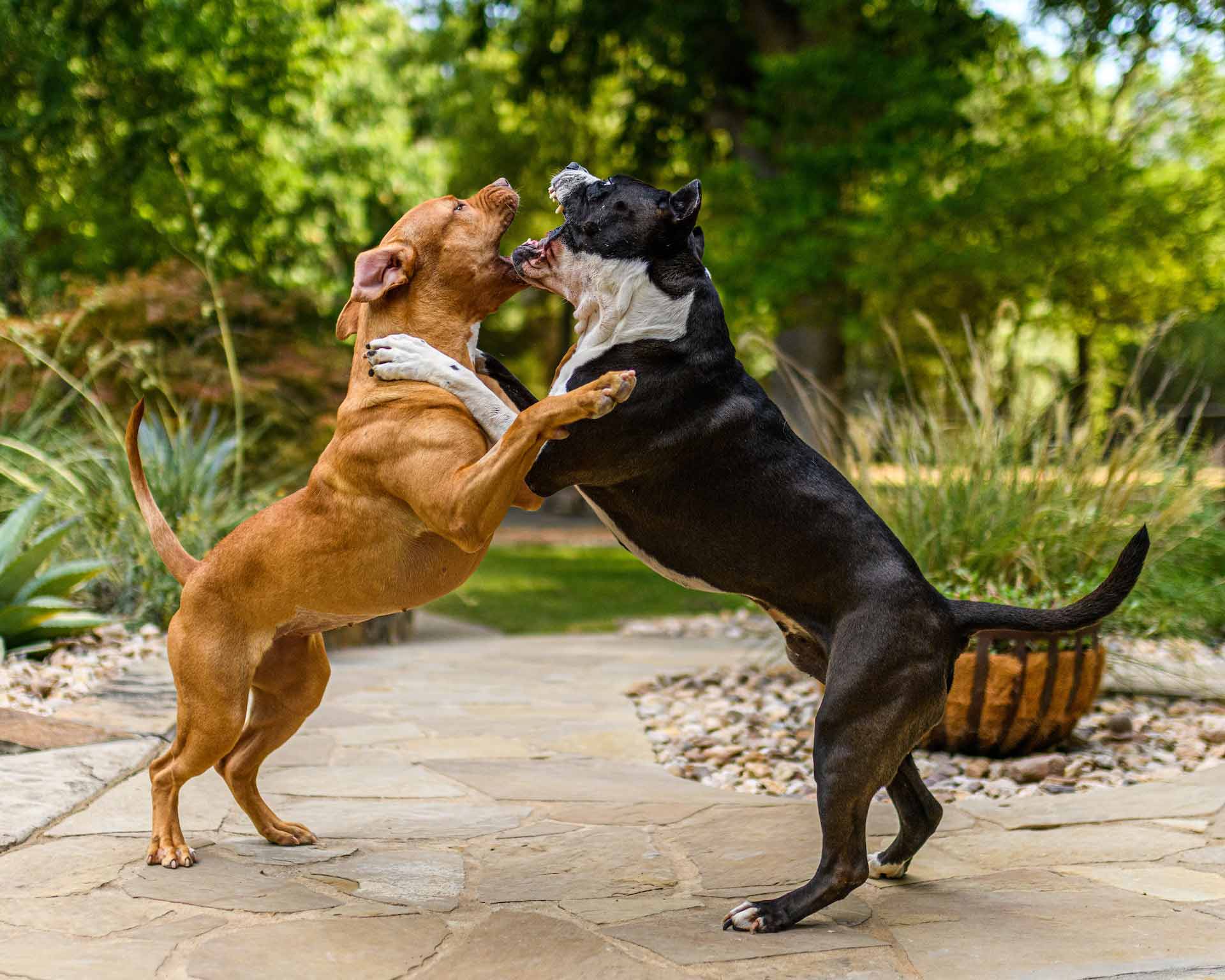 Image credits:
Image credits: 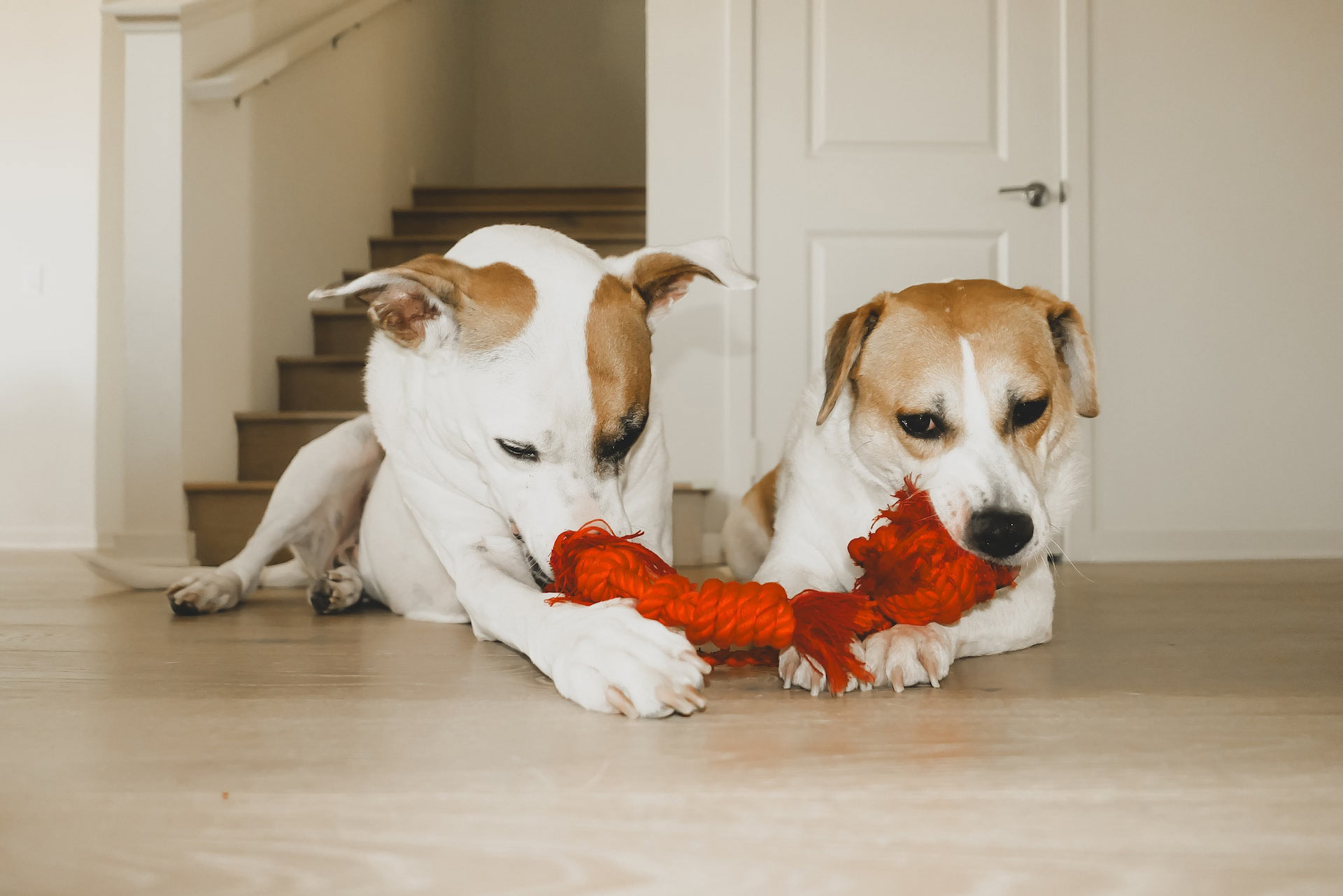 Image credits:
Image credits: 





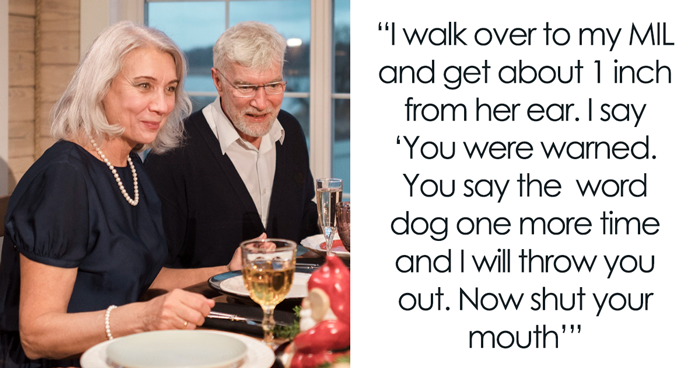


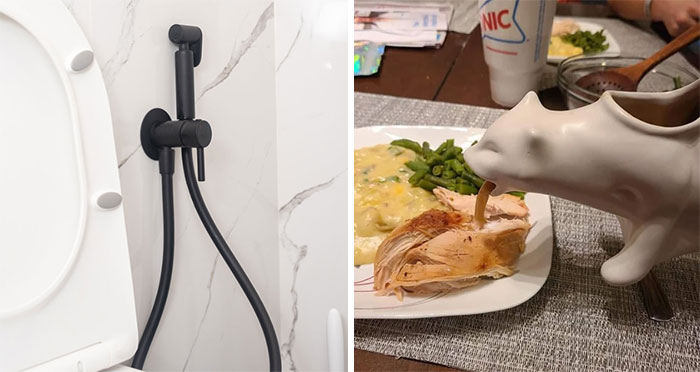
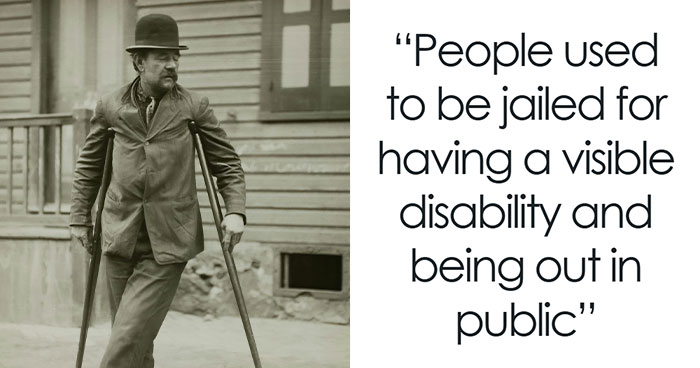
































19
1